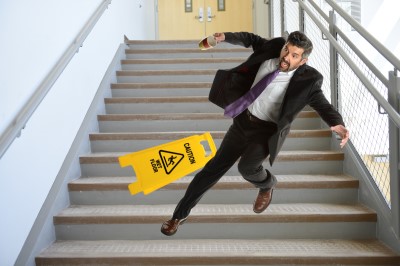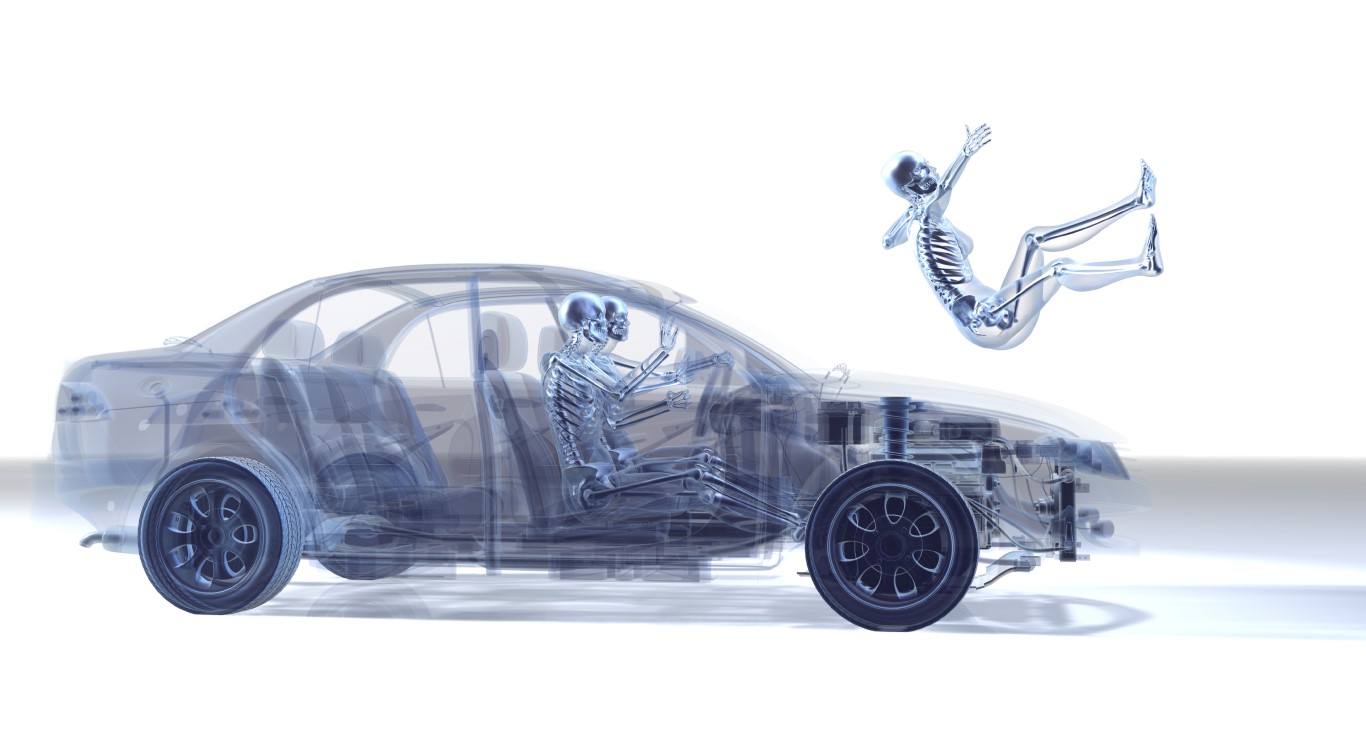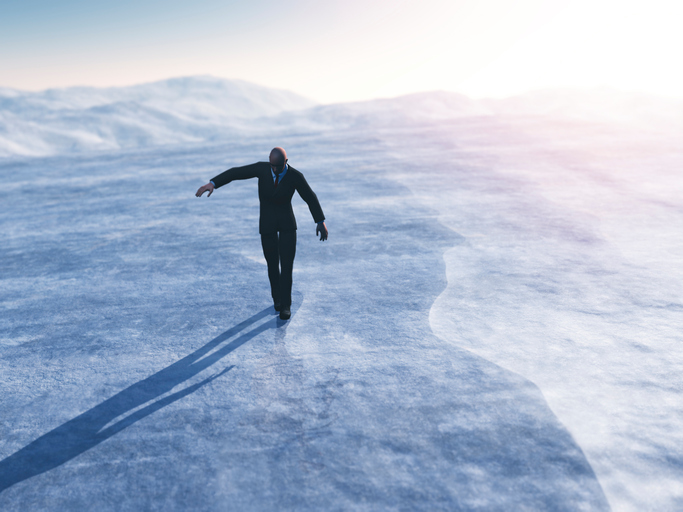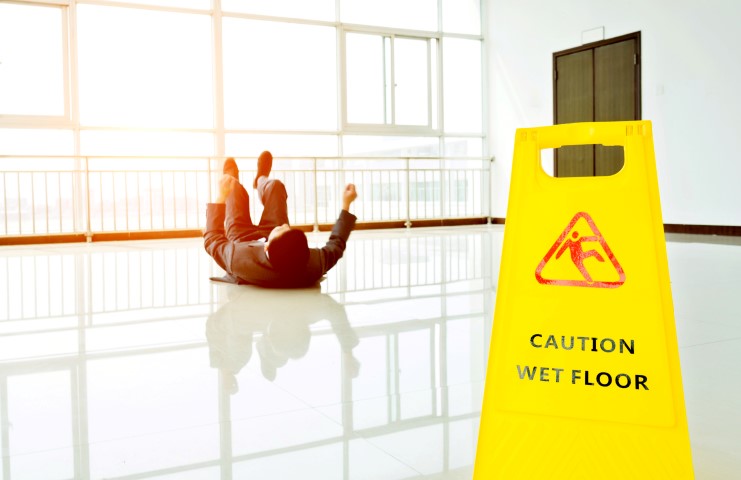Premises Liability Investigations and the Biomechanical Expert
A biomechanical engineer can be a great resource when it comes to the investigation of a premises liability claim. On a broad sense, forensic biomechanics focuses on human interaction with the environment. Similarly, a premises liability claim typically involves an injury allegedly sustained while a human was interacting with their environment.
“Ambulation” means to walk about or move from place to place. With an injury that occurred during human ambulation, there is a consideration of the mechanical condition of the environment in addition to the biomechanics of how someone was walking or otherwise interacting with their environment.
With premises liability investigations, experts typically conduct an inspection of an incident site to collect measurements and document the scene where an injury has allegedly occurred. These measurements are then compared to relevant codes and requirements to see if the incident site is compliant. But that is not the end of it. Relevance plays a big part. For example, if the top of a set of stairs is not compliant to a particular code, but the injured party fell at the bottom part of the stairs where there were no compliance issues, then the code violation is not relevant to the fall. A biomechanical engineer can go the extra distance by evaluating the description of the incident (which will also give an idea as to the forces involved) as well as the injury sustained by the injured party. This information is then considered in context with the alleged code violation. This biomechanical evaluation is a powerful tool in determining whether the alleged injury is consistent with the type of slip or fall the code violation would have generated, thus validating or contesting a claim.
Where do these codes come from? Code requirements are generally born out of two broad needs:
1) The mechanical needs of a structure to be functional. Tolerance to reasonable use is considered when designing and building so that the structural integrity of the building or other manufactured or altered environment will perform. An example of this would be the load tolerance specifications of a handrail; how much weight will it accept before failing.
2) The biomechanical and ergonomic needs of a structure to be functional. This includes specific dimensions based on how people interact with the structure or environment to minimize energy and maximize safety. An example of this would include the height of a handrail.
The availability of surveillance video is becoming more prevalent. Information taken from videos can be helpful not only for capturing the actual accident, but for capturing the scene immediately before. A spill on a floor where someone slipped could be determined to have happened in such a way that party charged with keeping a safe walking area had plenty of time to notice the hazard and clean it up. Alternatively, the video could show that the hazard was created in such a short time before the accident that there was no time to notice and remove the hazard. Also, the video can confirm the location of the accident in regards to the proximity of the hazard. In addition to this more obvious information, a biomechanical engineer can incorporate gait and fall dynamics gathered from the video to help determine the method of the accident (whether it was a slip, trip or sideways foot-roll, for example).
A brief mention of 3D laser scanning technology is appropriate as this technology can be enlightening when surveillance video is limiting. After the scene is captured by the scanner, a picture can be rendered from the scanned data. This picture can then be compared side by side to a still shot from the surveillance video, proving the scanning image is identical in perspective to what the surveillance camera has captured. From there, accurate pictures of different perspectives can be rendered, using the data cloud captured by the scanner. Thus if a surveillance video ends at the limit of the installed camera angle, a perspective of what a person would be able to see as they continued to walk down a corridor can be shown with confidence using the scanned data cloud. Alternatively, an overhead shot or other helpful angle can be rendered as well.
Premises liability investigations can include the evaluation of accidents involving multiple areas of investigation such as biomechanics, human factors, mechanical design and code compliance. As many codes are rooted in an ergonomic need, a biomechanical engineer can be a perceptive one-stop-shop for all of these evaluations.
Featured Engineer: Thomas L. Hannon, P.E., CFEI, CVFI, CFPS Mechanical Engineer






